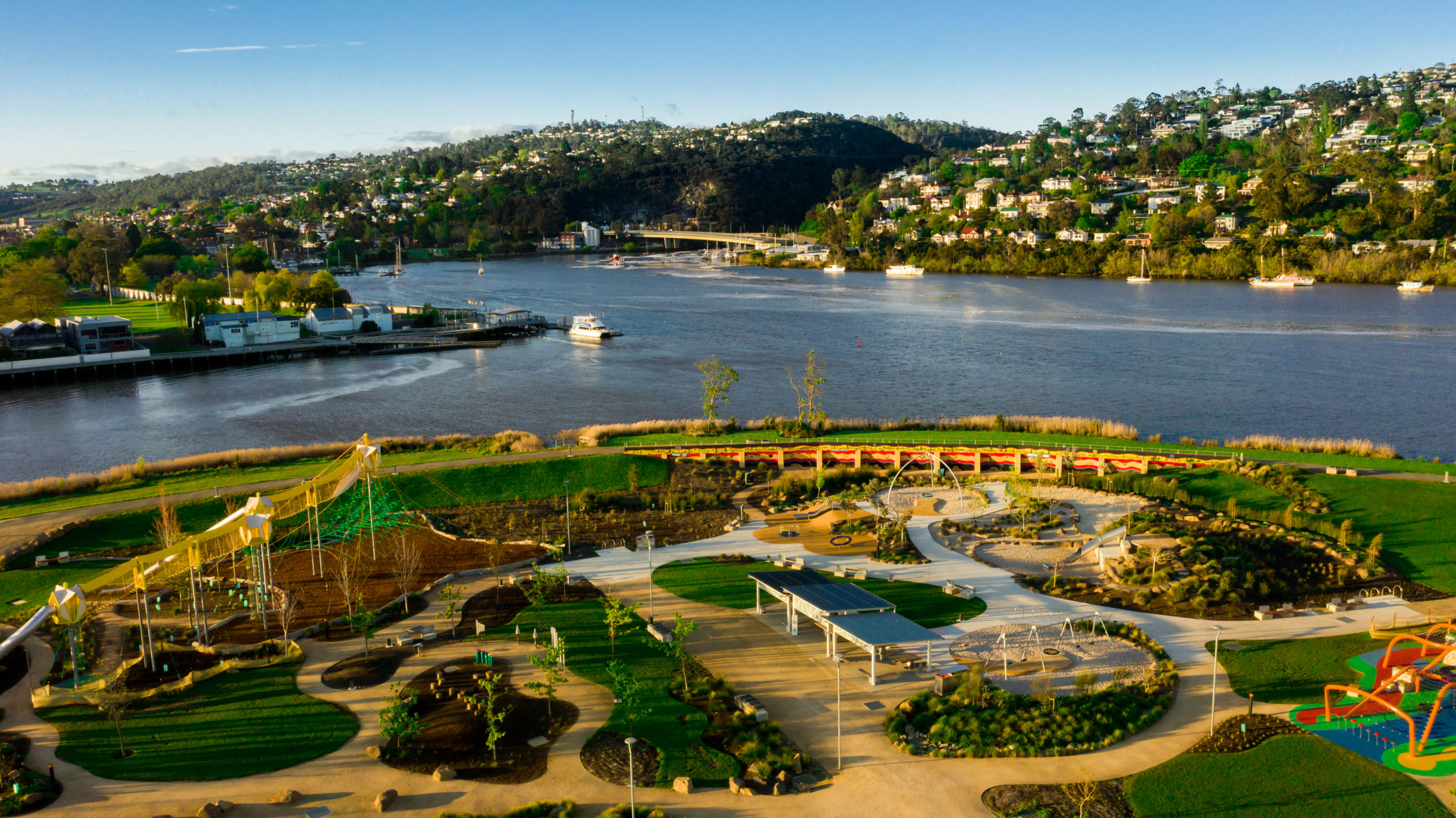August 15, 2023
It is common knowledge that parks deliver exponential benefits for our mental and physical health. These benefits were further highlighted when the COVID-19 pandemic returned Australians to their homes and forced them to interact with the community around them.
“Healthy nature sustains our life, livelihoods and liveability,” states the Australian Foundation for National Parks & Wildlife (FNPW). “[Parks] provide inspirational and therapeutic settings that foster lifelong connections with nature and each other.”
In this article we take a deep dive into these benefits that parks brings to Australian communities, and take a look at the studies behind them.
The importance of spending time in parks
A recent study in England that measured an ‘exposure-response’ relationship with the outdoors, concluded that spending at least 120 minutes (2 hours) a week in nature (including parks, greenspaces and forests) can be associated with improved physical and mental health and wellbeing. This study ascertained that being exposed to the outdoors, which can be enhanced by communities that promote extensive greenspaces, can promote a significantly healthier lifestyle.
The benefits of just these two weekly hours demonstrated lower probabilities of contracting a variety of diseases including diabetes, obesity and cardiovascular disease, improves cognitive development in children and pregnancy experiences, and alleviates mental distress.
The benefits of living close to parks for communities
“Parks that are valued and maintained are fundamental to economic growth and vibrant and healthy communities,” states the FNPW. There are various studies that prove that living in closer proximity to parks and greenspaces has significant benefits on the mind and body.
A study by the US National Library of Medicine discovered that mental health “is significantly related to residential distance from parks”. They conducted a cross-sectional analysis of individual health survey responses, surveying a sample of residential addresses in LA, using an outcome variable dubbed MHI-5. The highest scores of this variable was amongst residents who were within 400m of the park, and it decreased significantly over the next measured distances.
The US National Recreation & Park Association (NRPA) conducted a study that showed people who live more than 1km away from a park or greenspace have a 50% higher chance of experiencing stress than those living less than 300 metres away. Out of those surveyed, people who did not record feelings of stress had a 50% higher chance of visiting a park at least a few days a week.
The effect of parks on mental health
There have been extensive studies on the correlation between parks and mental health. These studies have demonstrated that this relationship has “far-reaching implications for healthy city design,” and that “greenspace-focused urban planning” is “an early intervention tool for reducing mental health problems”, according to the Proceedings of the National Academy of Sciences of the USA (PNAS).
PNAS conducted a nationwide study in Denmark that was published by NASA, which discovered that providing adequate exposure to parks during childhood reduces the risk of developing psychiatric disorders during adolescence and adulthood. These findings offer a significant look into just how integral adequate greenspace and exposure to these areas are for our children.
A study in the Netherlands discovered that people who lived in communities with the least amount of parks had a 44% higher rate of diagnosed anxiety than those who lives in areas with the most amount of greenspaces. This disparity was the most obvious amongst people who were more likely to spend the majority of their time at or near their home.
Similarly, the NRPA discovered that diagnosed depression is shown to be 33% higher in areas that have the least amount of parks, compared to communities with the greatest amount.
Parks and physical health
It is far more beneficial to conduct physical activity in greenspaces – such as parks and ovals – than at gyms or indoor courts, according to the NRPA. The use of parks in physical exercise has been associated with improved blood pressure and cholesterol, reduced stress, improved overall health and stronger mental capabilities.
Studies have also concluded that living in areas with higher amounts of parks has been associated with reduced mortality, including a recent study conducted in Spain.
A master study by the World Health Organisation (WHO) further enhanced the understanding that urban greenspace has a broad range of health benefits, particularly for economically deprived communities, children, pregnant women and senior citizens. The organisation concluded that “it is therefore essential that all [global] populations have adequate access to greenspace.”
Healthy parks make healthy people
In most of the studies conducted on the benefits of greenspaces, there has been an underlying commentary that our parks must be well maintained in order to ensure local communities reap the benefits. “Parks that are valued and maintained are also fundamental to economic growth and vibrant and healthy communities,” says the FNPW.
In addition, a recent study by Science Direct discovered that having parks with “varying foci” – a variety of recreation, nature and sport – provided mental health improvements. Spaces that are interesting with varied recreation activities, designs and nature, can stimulate the senses and encourage creativity and boost physical and emotional responses. This can also be related to the size of the greenspace, with larger parks reporting greater mental and physical health benefits.
These studies show just how important it is that we place emphasis on our parks – they must be built, nurtured and maintained in order to keep them and our communities happy and healthy, both now and for generations to come.
At GX Outdoors, we design and manufacture Australian made park and street furniture that brings communities together and supports healthier outdoor lifestyles. Our range of street and park furniture includes park BBQs, park shelters, park table settings, park seats, benches, platforms, bin enclosures, drinking fountains, grandstands, bike racks, bollards and tree protection, park and street fitness systems, urban greening, modular furniture and smart park solutions. Each product is built for durability, accessibility and sustainability, helping public spaces across Australia thrive for generations to come.



 Back to News
Back to News 



